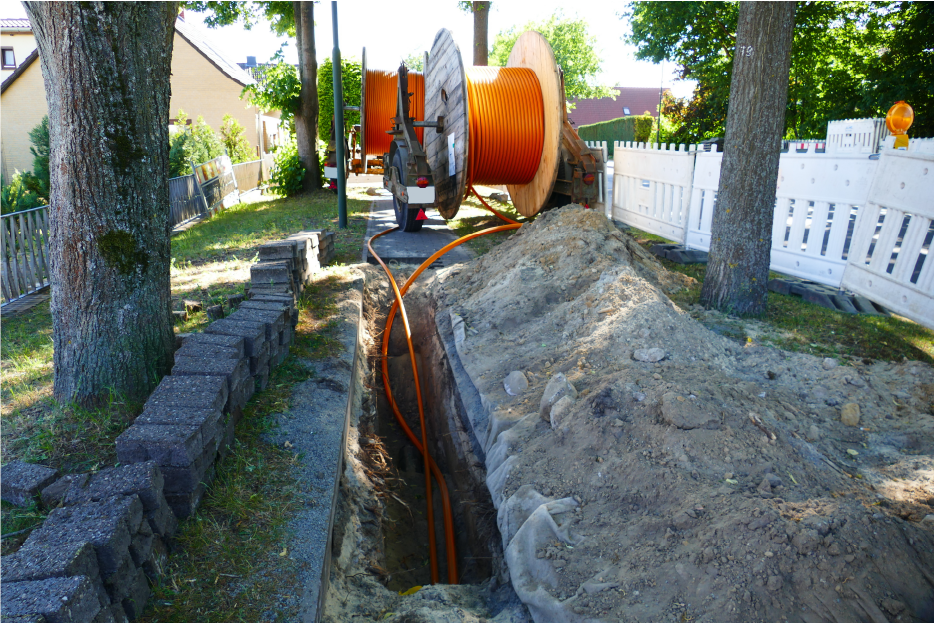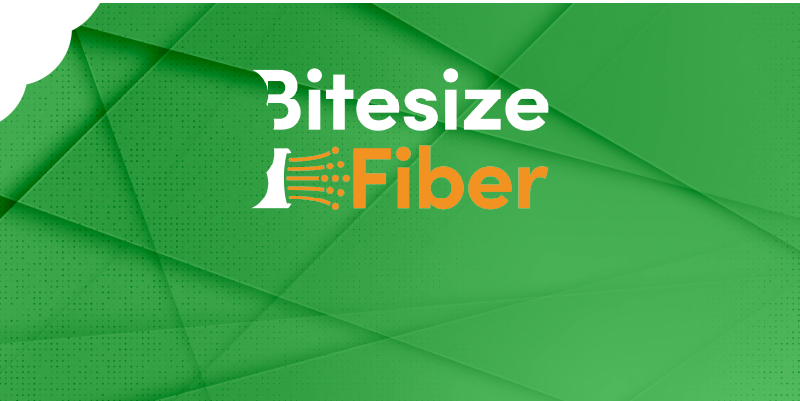Fiber-to-the-home (FTTH) networks are transforming connectivity but deploying them is no small feat. Network planners face complex challenges that demand meticulous processes and advanced technology to operate quickly, accurately and efficiently. Proximus, Belgium's leading telecom operator, has risen to this challenge through partnering with IQGeo to redefine fiber network planning and design, setting a new standard for efficiency and scalability.
Navigating complexity: Proximus’ challenges
Proximus embarked on an ambitious journey to achieve nationwide fiber coverage in Belgium, aiming to connect 70% of homes by 2028. However, it faced significant challenges:
- High costs: Trenching, equipment and labor expenses required optimization to ensure financial viability.
- Speed of deployment: Rapid design and deployment were essential to meet market demands while avoiding costly delays.
- Design quality and consistency: Maintaining standardized designs across diverse regions and teams was critical.
- Input data quality: Accurate GIS data was foundational. During our live webinar with the FTTH Council Europe and Proximus, a poll revealed that 56% of attendees cited input data quality as their top challenge. Proximus tackled this by combining government-supplied data, internal databases, and detailed street surveys to validate living unit counts before designing.
A strategic collaboration with IQGeo
Recognizing these challenges early on, Proximus made a pivotal decision in 2017 to retain control over high-level network strategy. By partnering with IQGeo and leveraging our Comsof Fiber software, Proximus created a streamlined, automated approach to fiber planning and design.
 Geert Bruylandt, Domain Manager of the Fiber Network Program at Proximus, emphasized the importance of this partnership: "For us, IQGeo is really a partner. They know us very well, they know what we want, and they can think with us." This close collaboration allowed IQGeo’s team to deeply understand Proximus’ needs and deliver tailored solutions that aligned with their business objectives.
Geert Bruylandt, Domain Manager of the Fiber Network Program at Proximus, emphasized the importance of this partnership: "For us, IQGeo is really a partner. They know us very well, they know what we want, and they can think with us." This close collaboration allowed IQGeo’s team to deeply understand Proximus’ needs and deliver tailored solutions that aligned with their business objectives.
How automation transformed fiber deployment
Proximus didn’t just use Comsof Fiber for standard high-level designs; they pushed the boundaries of its capabilities in innovative ways:
-
Macro-scale simulations: Early simulations helped identify strategic areas for deployment based on cost-efficiency and homes passed potential.
-
Iterative design process: Proximus cleaned input data meticulously and ran multiple design scenarios. They actively involved construction partners in refining designs before finalizing plans.
“We ask the partner to give us their feedback and then run a new design up to the point where we have a high-level design that is correct and agreed on by the partner,” explained Bruylandt.
-
Data-driven contracting: Detailed fiber network designs provided construction partners with clear insights into trenching requirements, aerial installations, and materials needed—resulting in more accurate bids.
-
Minimizing in-build changes: By collaborating upfront with partners and locking key elements like cabinet locations in the design phase, Proximus minimized disruptions during construction.
-
Scalability: The platform’s flexibility allowed Proximus to scale their design capacity during peak rollout phases by onboarding trained external resources familiar with the software.
The results speak volumes
With a core team of just 10 full-time employees (supplemented by temporary external support during peak times), Proximus has designed networks for nearly two million demand points across over 2,500 high-level designs. The benefits are undeniable:
Significant cost savings in both design and construction phases.
Faster deployment timelines through automation.
Reduced errors thanks to built-in quality checks and standardized rules.
Enhanced scalability to manage a massive nationwide rollout.
Bruylandt summarized the impact succinctly: "For me it’s key to have something like Comsof Fiber. It would be simply impossible if we didn’t have that tool, what with all the optimizations we’ve done."
A partnership built for success
The collaboration between Proximus and IQGeo goes beyond technology—it’s a strategic partnership rooted in mutual understanding and shared goals. IQGeo’s team has become an integral part of Proximus’ success story by providing not just software but also expertise tailored to their specific needs.
This partnership has enabled Proximus to adopt an agile deployment strategy that balances speed, cost-efficiency, and quality—making them more responsive to changes and new demands. As Bruylandt noted:
"IQGeo understands what we want; they are part of our team."
Unlock your fiber network potential
Proximus’ journey demonstrates that mastering the complexities of fiber deployment is achievable with the right strategy, partnerships, and technology. Automated fiber planning isn’t just helpful; it’s essential for scaling operations while maintaining quality.
Are you ready to transform your fiber network planning?
• Explore Proximus’ customer story for more insights.
• Watch the webinar for first-hand perspectives on their success.
With IQGeo’s innovative solutions, telecom operators worldwide can unlock their full potential—delivering faster deployments, lower costs, and better networks for the future!

CMO at IQGeo
Similar articles:











